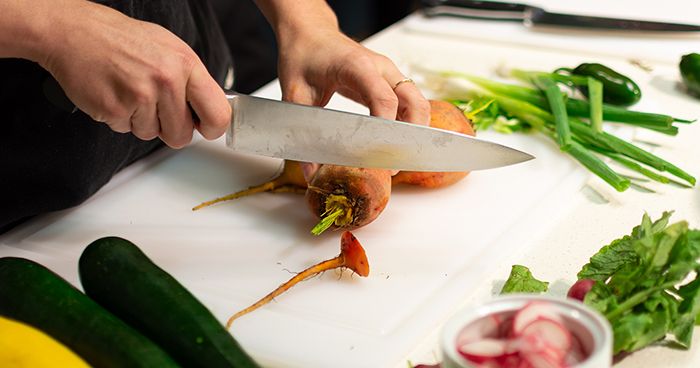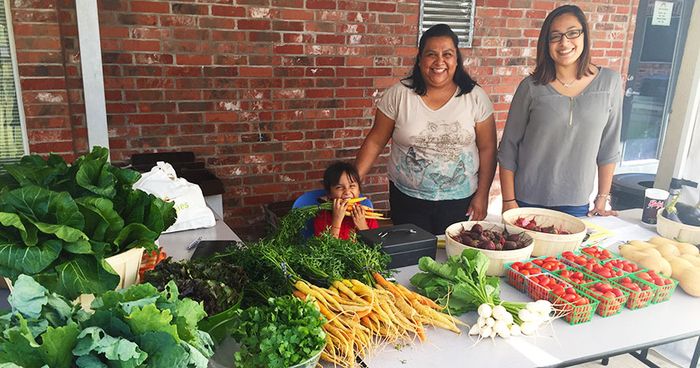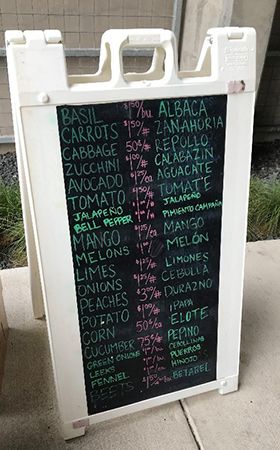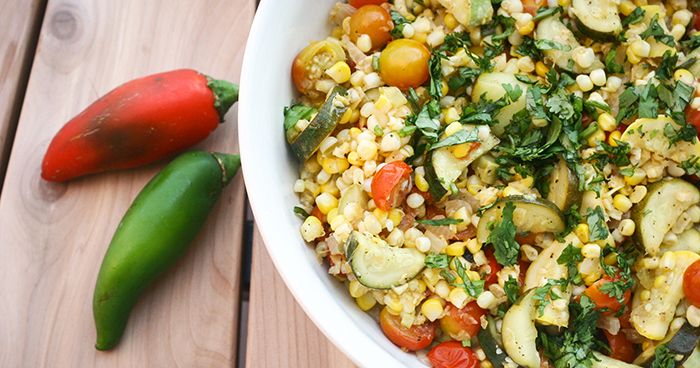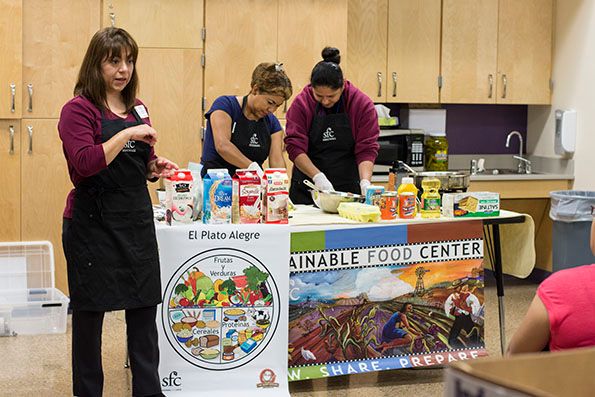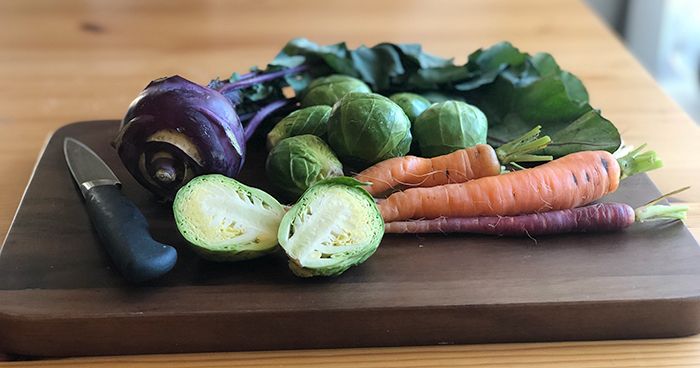Affordability is fundamental to food access. Whether families have a specific food budget or not, most have a limit when it comes to what they can spend on food.
Food is a basic need. But it still competes with other essential expenses, such as housing, medical bills, and transportation. Buying fresh, healthy food can feel expensive, especially when you consider the time needed to prepare it.
Affordability can also extend beyond how much money is in the bank. This includes those who rely on federal food assistance benefits, such as SNAP or WIC (food assistance that is specifically for women, infants, and children).
Ability to afford food depends not only on how much cash a family has on hand, but also on how much assistance they receive, how long it lasts, and whether they can use their benefits at the places they shop.
At SFC, we address affordability in several ways. Through The Happy Kitchen/La Cocina Alegre®, our cooking and nutrition education program, we offer a free six-week class series in areas of Austin with high rates of poverty and diet-related disease. In the classes, we share recipes and strategies for buying and preparing healthy, affordable food.
The recipes come from our cookbook, Fresh Seasonal Recipes (look for a new edition coming later this month on our merchandise page!) and include cost per serving - the average is just $0.79. By choosing affordable recipes and sharing budget-friendly tips for grocery shopping and planning meals, we address the myth that eating well must be expensive.
For those who receive SNAP or WIC benefits, we’ve ensured our SFC Farmers’ Markets not only accept those benefits but also double them on fruit and vegetable purchases, up to $30 per market visit. This amplifies the purchasing power of SNAP and WIC customers for the healthiest options. By running the Double Up Food Bucks program at our markets and other participating markets in the Austin area (including the Fresh for Less mobile markets), we make it easier for families to invest in fresh, local produce.

